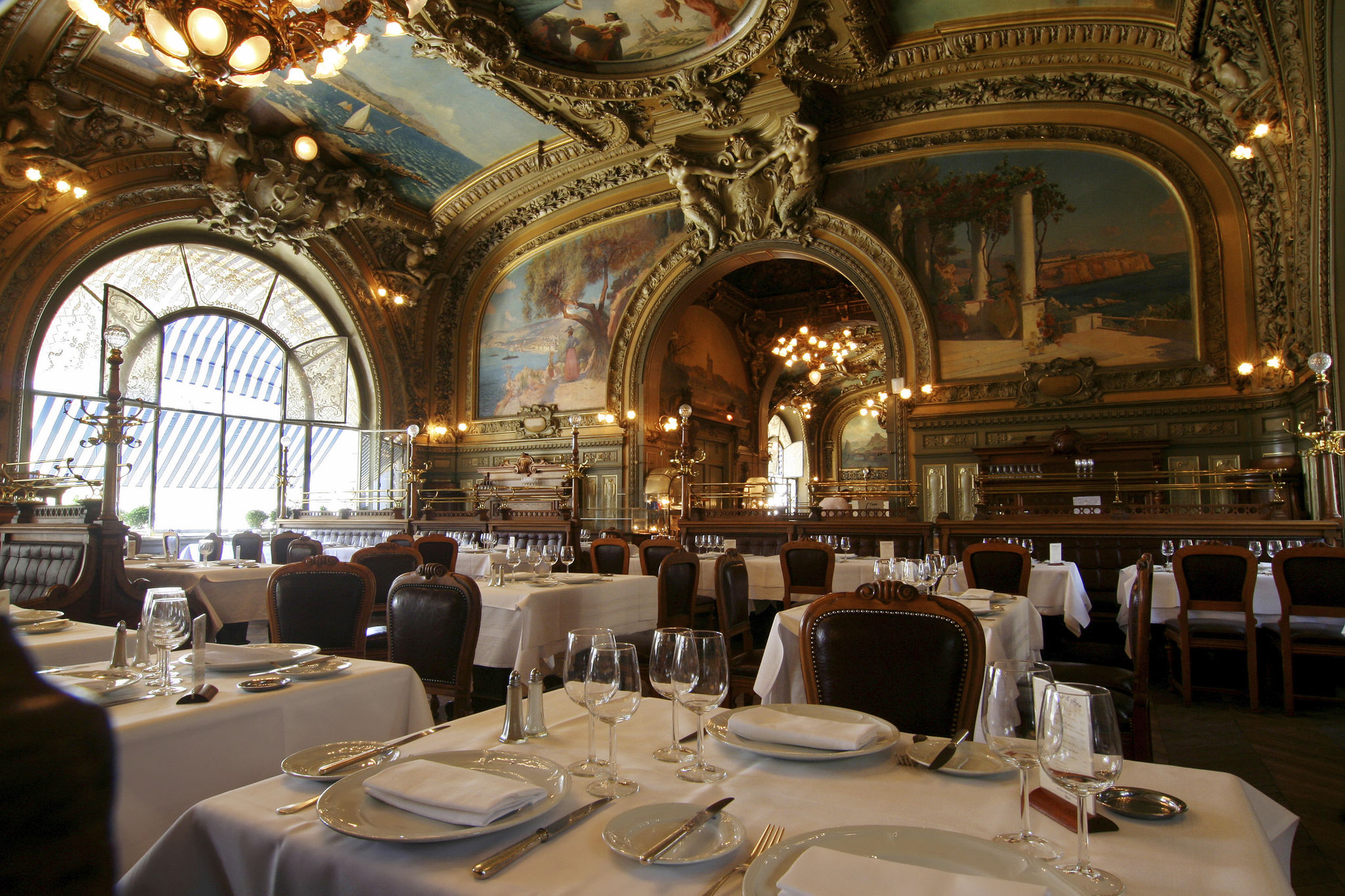French Course for Americans: Navigating Cultural Nuances
Introduction to French Cultural Nuances
Learning French is not just about mastering grammar and vocabulary; it's also about understanding the cultural nuances that accompany the language. For Americans, this journey can be an exciting exploration into a world that is rich in history, art, and social etiquette. Embracing these cultural differences can greatly enhance your language learning experience.
France is known for its unique customs and traditions. When learning French, it's essential to appreciate these cultural elements to communicate effectively and authentically. This blog post aims to guide you through some key cultural nuances that are important for Americans learning French.

Understanding Social Etiquette
One of the first cultural nuances to grasp is the importance of social etiquette in France. The French place a high value on politeness and proper manners. Simple gestures like greeting everyone with a "Bonjour" when entering a room or saying "Au revoir" when leaving are fundamental. In addition, using "vous" instead of "tu" when speaking to strangers or elders is a sign of respect.
Americans might find the French approach to personal space and touching different from what they are used to. The French are generally more reserved and may not be as quick to engage in physical touch, such as hugs, with acquaintances.
The Art of Conversation
Conversation in France is considered an art form. The French often engage in discussions that may seem passionate or intense to Americans. It's important to understand that this is not confrontational but rather a way of expressing ideas and opinions. Active listening and thoughtful responses are highly valued in French conversations.

When conversing in French, avoid discussing personal finances, religion, or politics unless you are very familiar with your conversation partners. Instead, topics like art, culture, and cuisine are always welcomed and appreciated.
Cuisine and Dining Etiquette
Food is a significant part of French culture, and dining etiquette is taken seriously. Meals are often seen as a time for relaxation and enjoyment, rather than just eating. Understanding French dining customs can enhance your experience and prevent any social faux pas.
For instance, it is customary to keep your hands on the table (but not your elbows) during a meal, and always wait for the host to start eating before you begin. When dining out, it’s polite to say "Bon appétit" before starting your meal.

Appreciating French Art and History
France's rich history and artistic legacy are central to its cultural identity. Familiarizing yourself with famous French artists like Monet or writers such as Victor Hugo can provide deeper insights into the language and its expressions. Visiting museums or reading French literature can build a stronger connection with the culture.
Moreover, understanding historical events such as the French Revolution or World War II from a French perspective can enrich your learning journey, allowing you to appreciate the nuances in language that arise from historical context.
Conclusion: Embracing Cultural Differences
Navigating cultural nuances while learning French as an American can be both challenging and rewarding. By understanding social etiquette, engaging in meaningful conversations, respecting dining customs, and appreciating art and history, you can immerse yourself more fully in the French way of life.
Ultimately, embracing these differences not only enhances your language proficiency but also deepens your appreciation for the beauty and complexity of French culture. As you continue your journey of learning French, remember that every nuance you master brings you closer to becoming a true Francophile.
